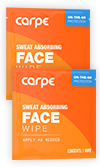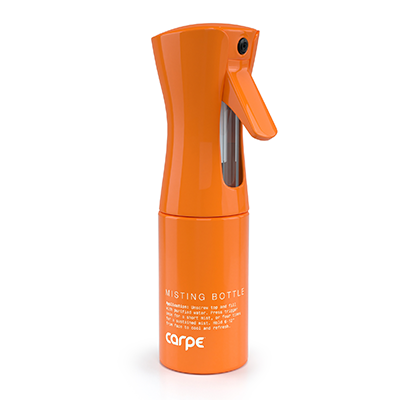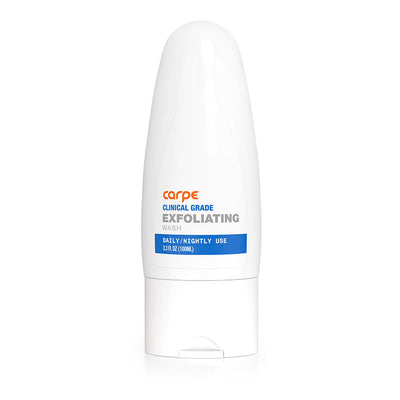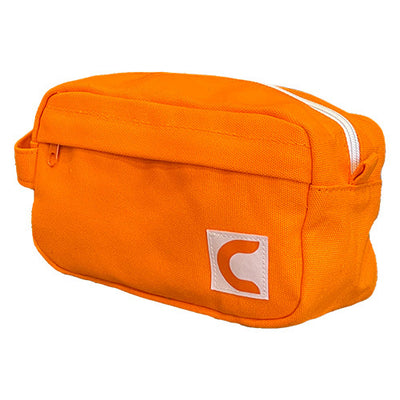Axillary hyperhidrosis is characterized by excessive sweating in the armpit region and is often associated with primary focal hyperhidrosis which can also affect the hands, feet and face. Sweating in the axillary region is often also associated with a pervasive bad odor, which comes about because of a separate condition called bromhidrosis that causes sweat to stink.[1] Axillary hyperhidrosis can cause anxiety and can be particularly detrimental socially and psychologically. This is because of the potential smell associated, and because of the propensity of sufferers to sweat through multiple layers of clothing.[2] There are certain types of clothing that work best for people with excessive sweating, so wearing specific types of clothing, like light weight cotton, can help some people stay more comfortable. For most people, the onset of the disease begins during their teenage years and both men and women are affected equally. A difference between axillary sweat and sweat produced by other areas of the body impacted by hyperhidrosis are the type of sweat cells present. Eccrine cells (sweat cells) are present all over the body, but the axillary region also contains apocrine cells. Aprocrine cells produce a secretion that is thicker and more prone to smell due to bacteria breakdown that is present. Both types of sweat glands are overactive in people with primary focal hyperhidrosis.[1]
One of the most effective current treatments for axillary hyperhidrosis is the use of botox injections to reduce sweating. This type of therapy requires hyperhidrosis to be managed by a doctor. Botox injections have been approved by the FDA for the treatment of axillary hyperhidrosis since 2004.[1] Botox is also used for treatment of palmar and plantar hyperhidrosis, but is most effectatious in cases of axillary hyperhidrosis.
What is Botox and How it Works
Botulinum toxin is a type of neurotoxin made by the bacteria Clostridium botulinum and can cause paralysis in humans. Doctors use this toxin to treat a wide range of medical conditions from wrinkles to headaches, and in recent years it has been found to be especially effective in the treatment of axillary hyperhidrosis. When injected, the botulinum toxin binds to a specific site within a sweat cell and blocks the release of acetylcholine, which is what tells eccrine cells to produce sweat, and therefore prevents the secretion of sweat.[1]
There are multiple types of botulinum used to treat hyperhidrosis. Most commonly, botulinum toxin type A and botulinum toxin type B are utilized. The FDA specifically approved the use of type A for the treatment of axillary hyperhidrosis and there are a plethora of brands and formulations available. The type of botox that is used depends on the doctor performing the procedure.[1]
How It Works
Prior to administering botox injections doctors will usually test the area to see where the injections should be placed. This is done by performing a Minor iodine-starch test in which they apply an iodine solution to the armpit. When sweat accumulates it causes the skin to stain a dark color which contrasts with the color of the iodine solution. This allows the doctor to visualize where the injections should be placed. Photographs are often taken for future reference. After the test is done a doctor will then mark the area where the injections will go with a marker pen. A topical anesthetic, to prevent pain, is usually applied at this point. It usually takes between 10 and 20 intradermal injections in each armpit to achieve proper results. The effects usually occur between 2 and 4 days after the injections take place. There are a few other techniques used to inject Botox although the method described above is the most common. One such technique involves a round plate that allows multiple injections to be given at once, it has been found to be effective but is less practical as it requires a more specialized tool.[1]
Adverse Effects
There are typically few side effects from this type of procedure, and those experienced are mild. The most common side effect is pain at the injection site. Patients can also experience bruising, flu-like symptoms, dry eyes, indigestion and local bleeding.[3]
Efficacy of Treating Axillary Hyperhidrosis with Botox Injections
Several studies have found that Botox is a very effective treatment option for axillary hyperhidrosis. The results of each treatment typically last between six and nine months so the procedure needs to be repeated every so often. It has been documented that patients receiving Botox injections usually experience a 75% to 100% reduction in sweat.[3] One study using botulinum toxin type A on 300 patients found immediate and significant improvements in most patients and concluded that Botox injections are a safe and effective treatment for axillary hyperhidrosis. There have also been other double-blind studies corroborating these results.[4] Botox injections offer a method of treatment that is safer and less invasive than other surgical treatments available for primary focal hyperhidrosis at this time. The biggest downsides involve the need to repeat treatments fairly frequently and the discomfort of the procedure itself. There are other permanent local treatment options that can be used for axillary hyperhidrosis, like MiraDry, but they are significantly more expensive. The cost of hyperhidrosis treatments is often a factor when patients are choosing the treatment that is right for them.
Future Applications
Although there has been great success with the use of Botox injections to treat axillary sweating, there is ongoing research to find future treatment options for hyperhidrosis that are less invasive but that still involve the use of botulinum toxin. Specifically, researchers are trying to develop a cream that would deliver Botox to the appropriate site without the use of needles to make treatment more comfortable and convenient for patients.[1]
While there are several treatment options available to those suffering with axillary hyperhidrosis, Botox has been found to be one of the most effective options with the least side effects. It can be an exceptional option for those with severe sweating who wish to avoid more extensive surgical procedures.
Sources
- Pariser, D. M. (2014). Hyperhidrosis (4th ed., Vol. 32). Amsterdam: Elsevier Pub. Co., 2014. Retrieved
- Doft, M. A., Kaston, J. L., & Ascherman, J. A. (2011). Treatment of Axillary Hyperhidrosis With Botulinum Toxin: A Single Surgeon’s Experience With 53 Consecutive Patients. Aesthetic Plastic Surgery, 35, 1079-1086. doi:10.1007/s00266-011-9738-4
- Benson, R. A., Holt, P. J., & Loftus, I. M. (2013). Diagnosis and management of hyperhidrosis. BMJ : British Medical Journal (Online), 347. doi:10.1136/bmj.f6800
- Naumann, M., & Lowe, N. J. (2001). Botulinum toxin type A in treatment of bilateral primary axillary hyperhidrosis: Randomised, parallel group, double blind, placebo controlled trial. BMJ : British Medical Journal, 323(7313). doi::10.1136/bmj.323.7313.596




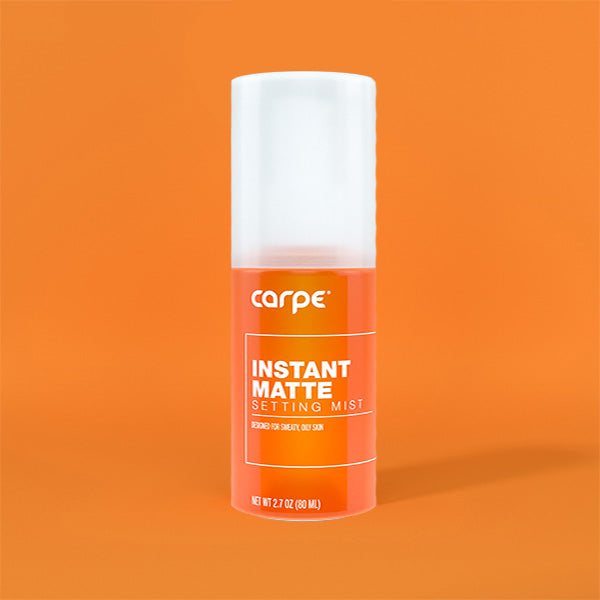

16790753702383.jpg?v=1679075372)

16790746985853.jpg?v=1679074700)


16790757289763.jpg?v=1679075731)






